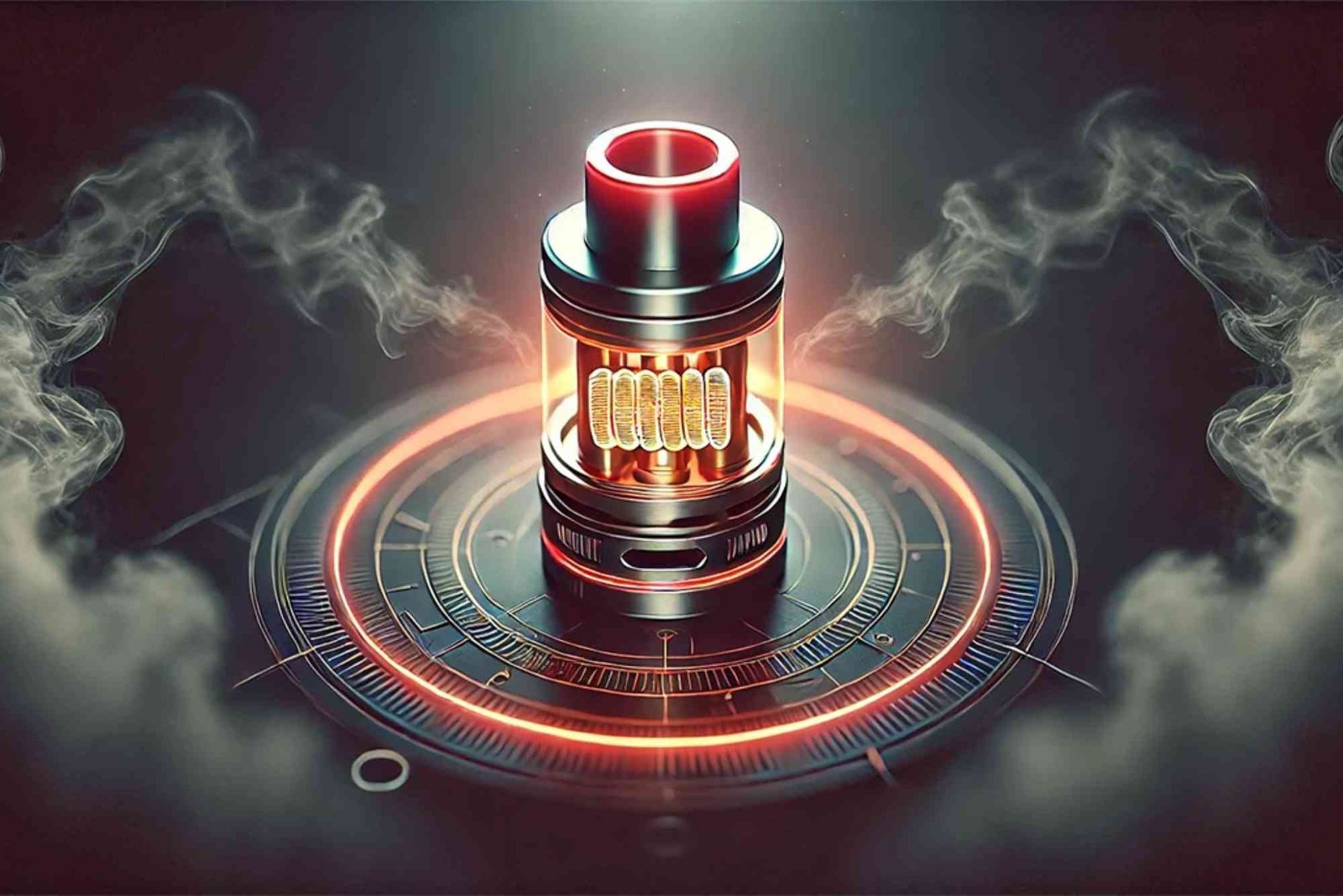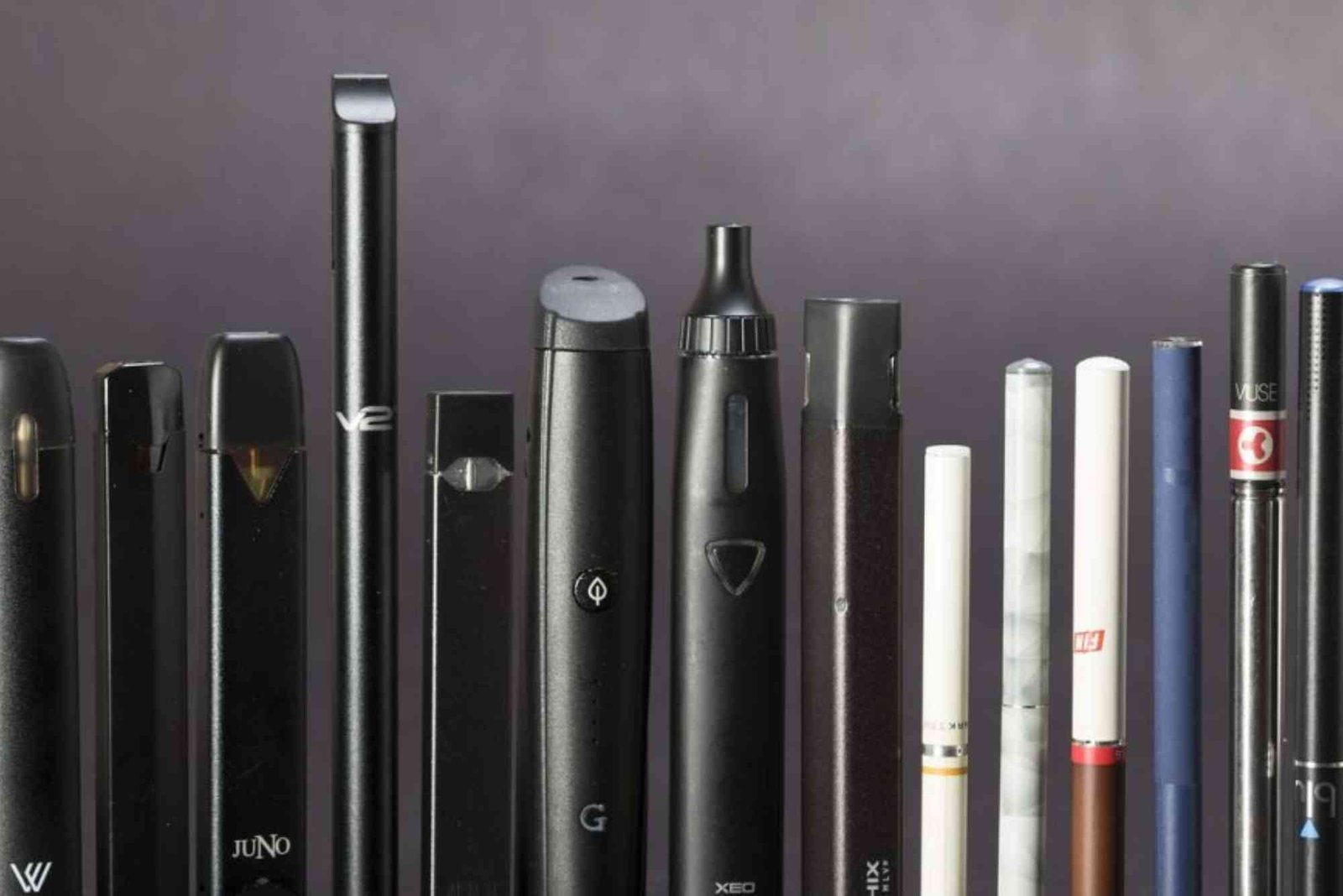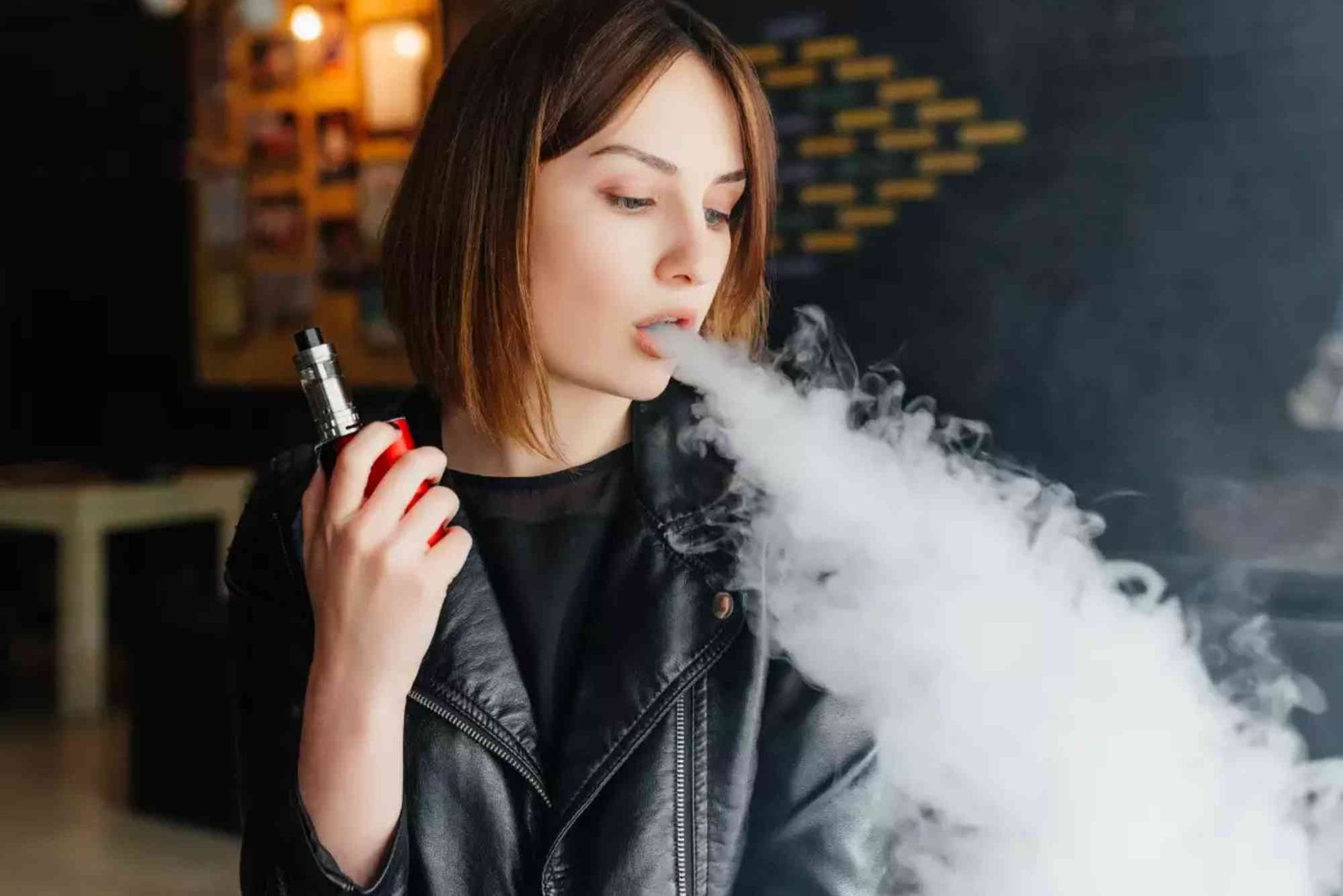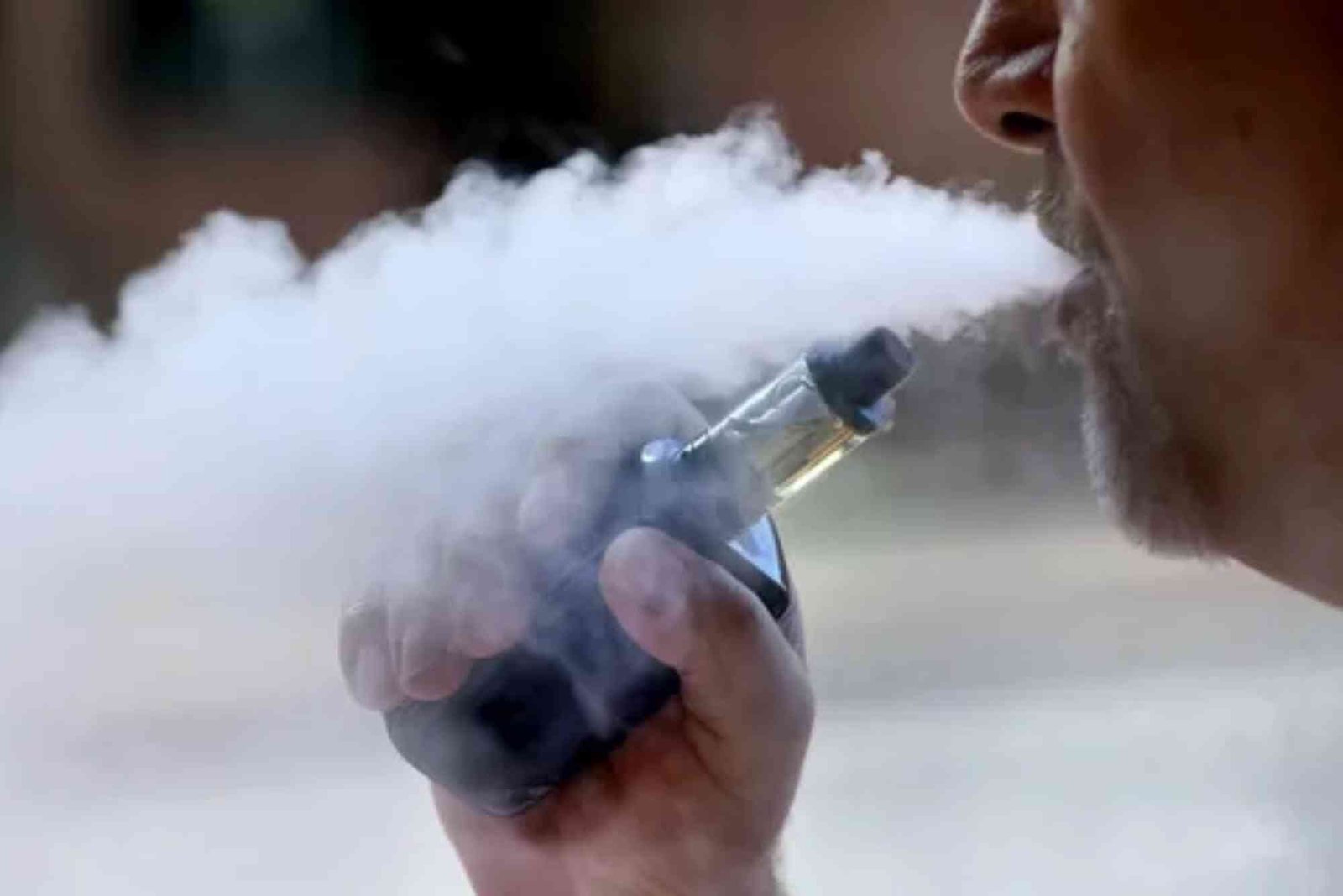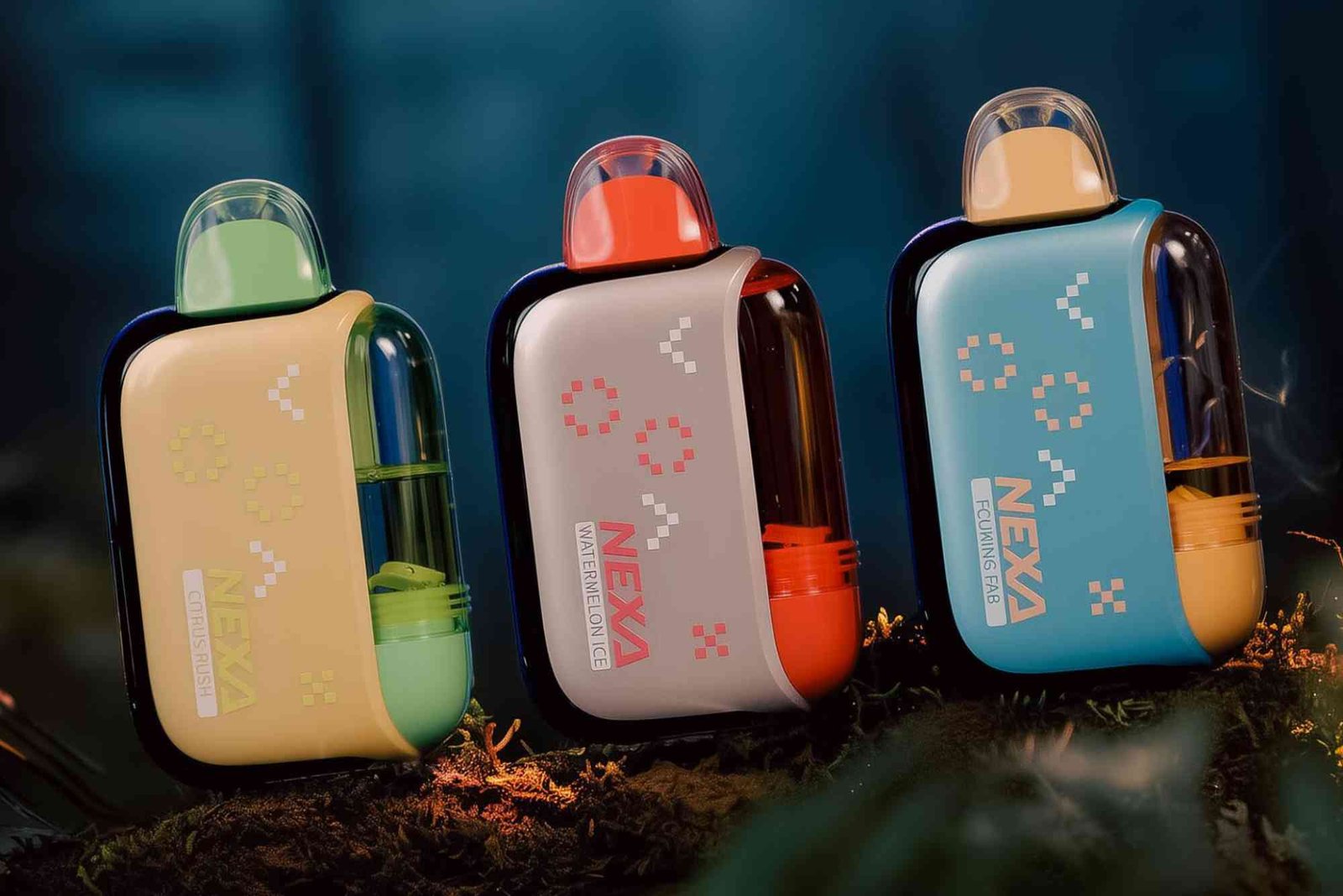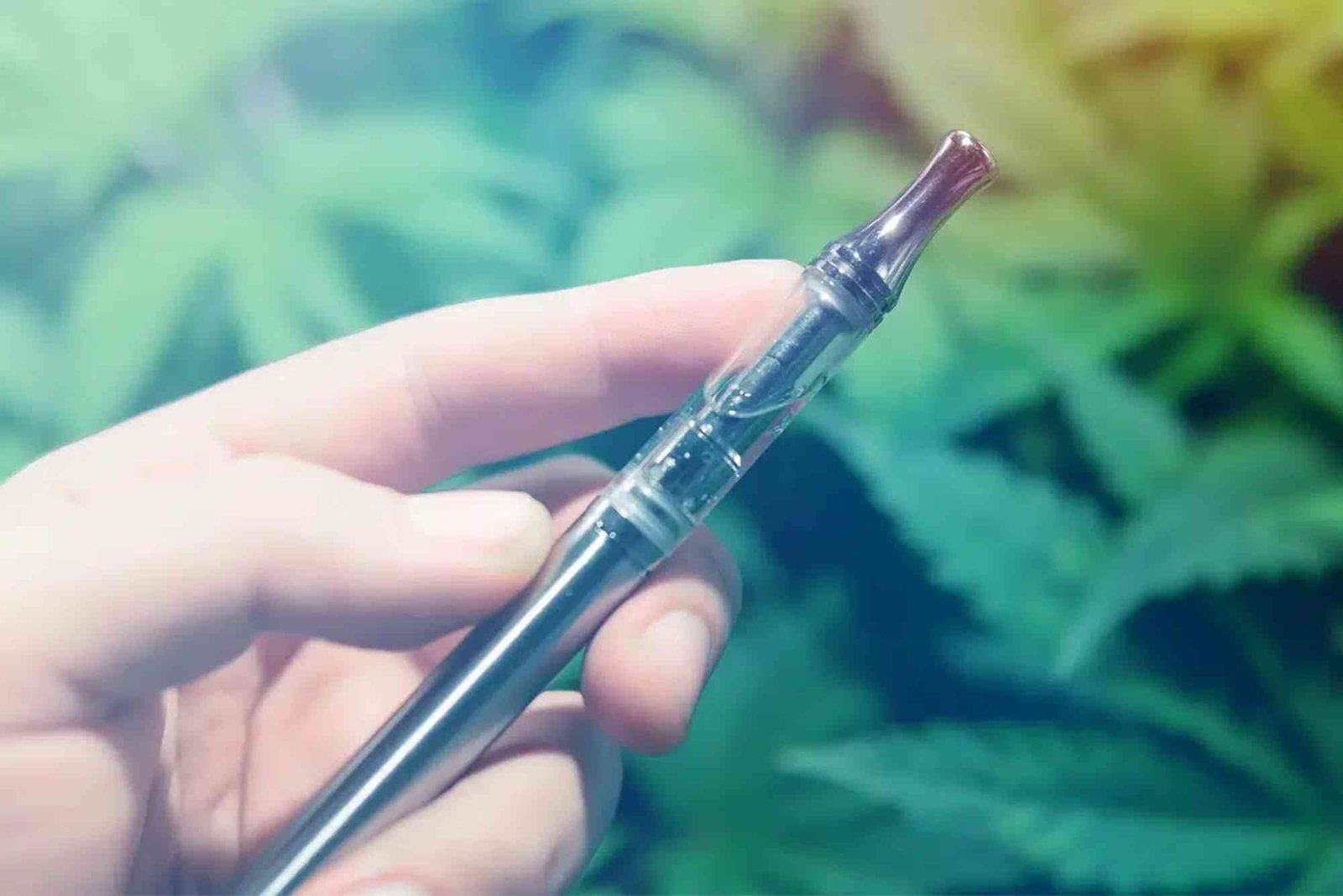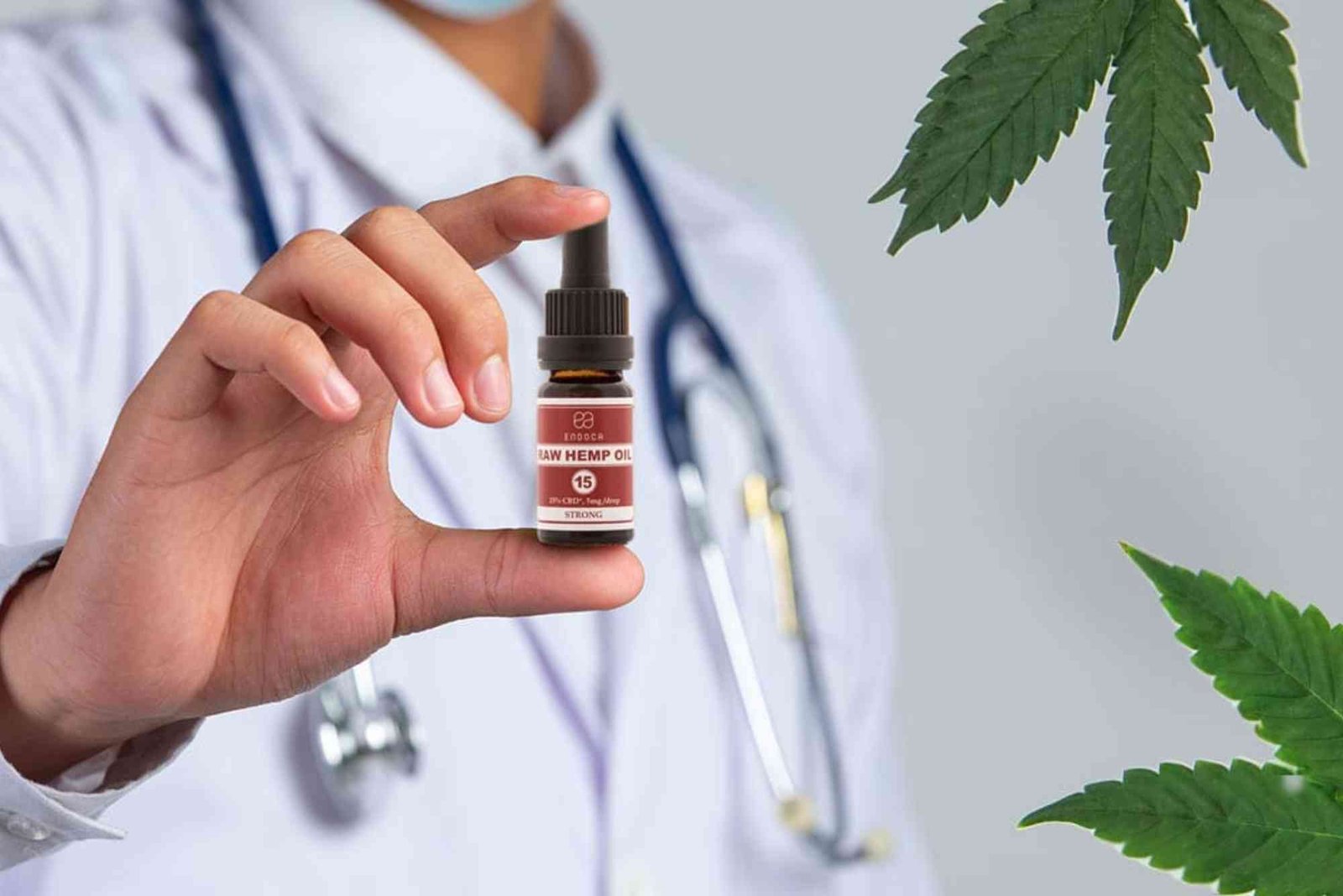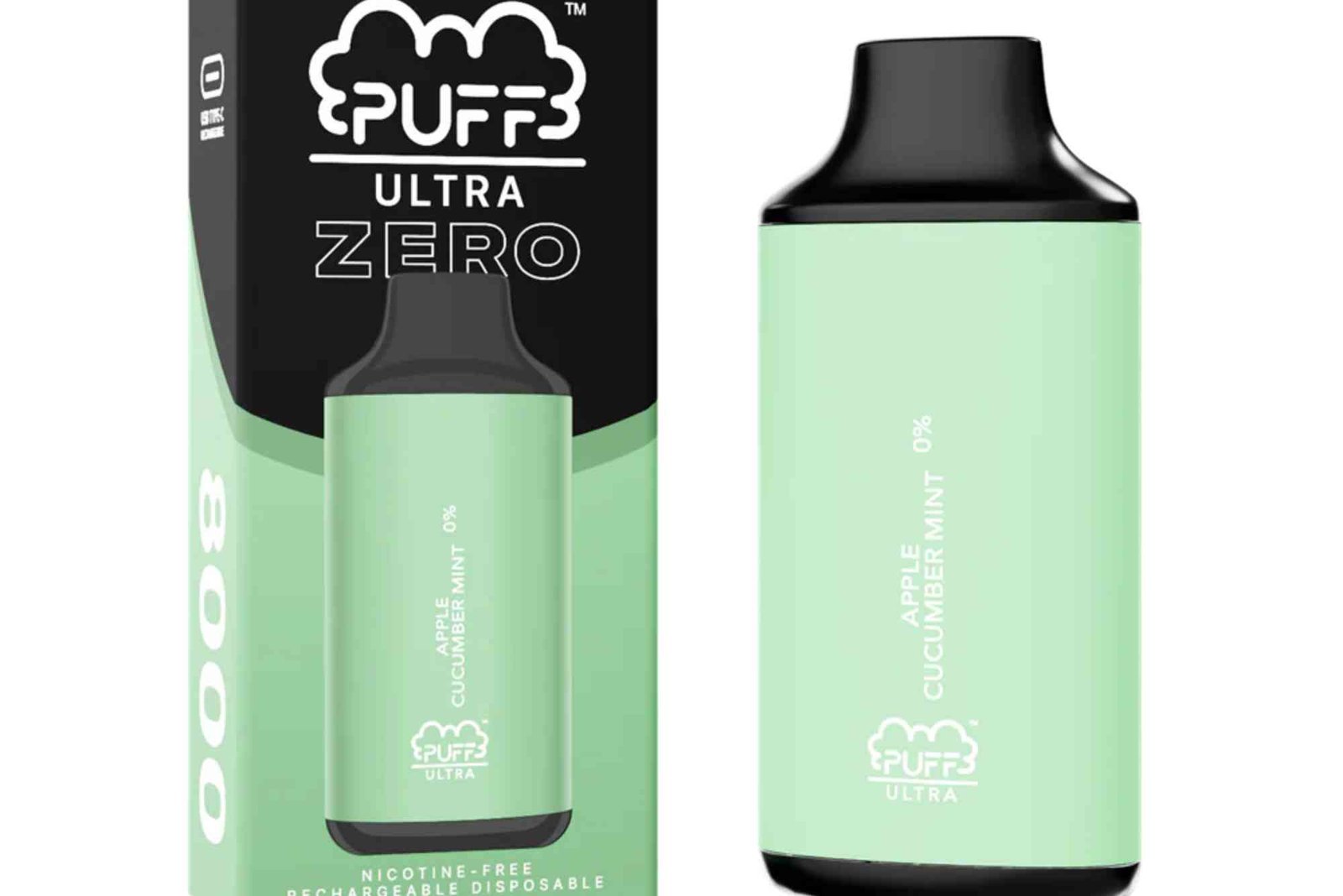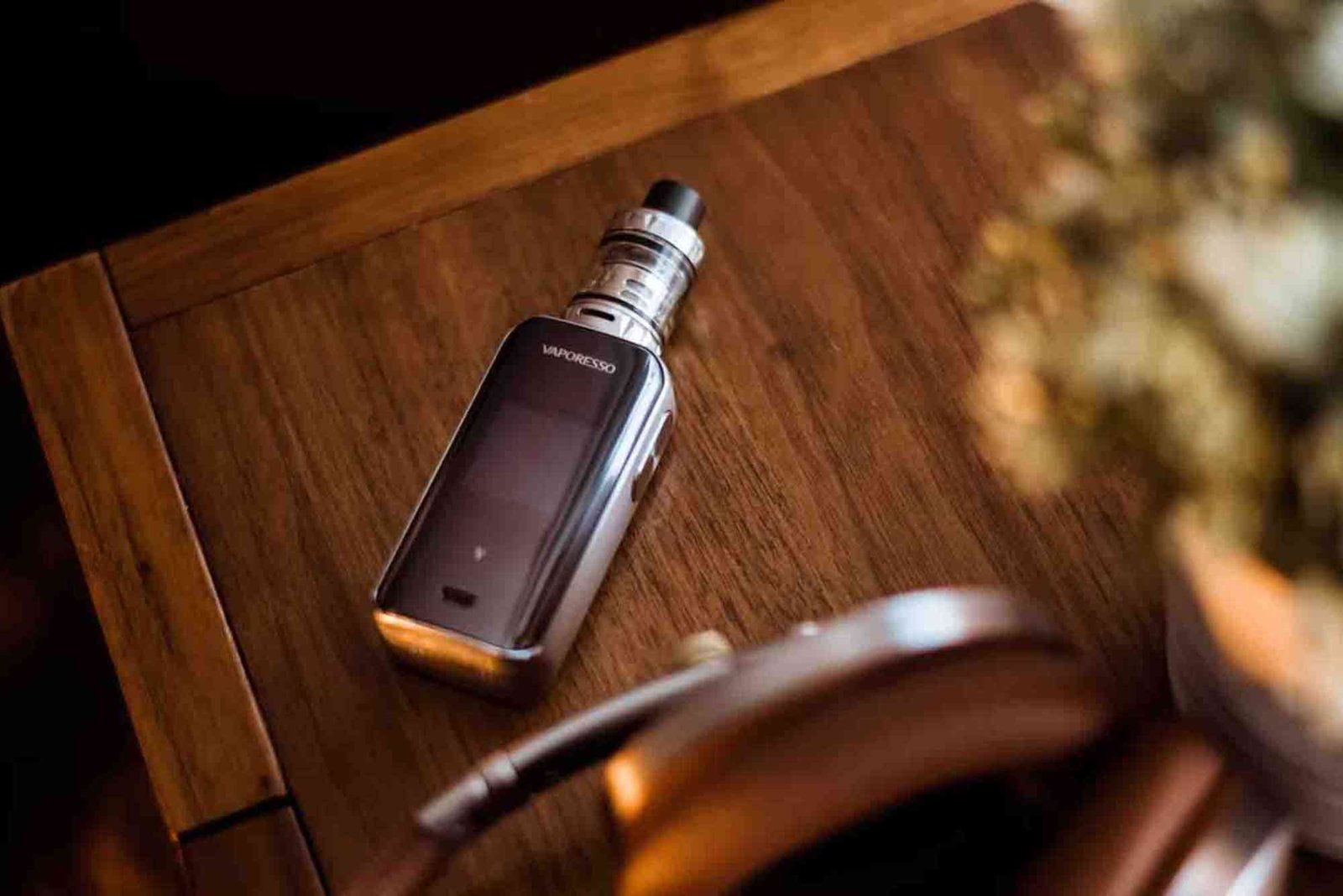The Importance of Coil Resistance in Vaping: Coil Resistance Explained
When it comes to vaping, enthusiasts often focus on flavors, e-liquid quality, or device aesthetics. However, one crucial technical aspect that significantly influences your vaping experience is coil resistance. Coil resistance may sound technical or complex, but understanding it can elevate your vaping game by helping you choose the right setup and get the best flavor, vapor production, and battery efficiency.
What Is Coil Resistance?
At its core, coil resistance is a measurement of how much the coil inside your vaping device resists the flow of electrical current. It’s measured in ohms (Ω) and directly affects how your coil heats up when powered by your battery.
Every vape coil has a resistance value printed on it or listed in its specs. This number tells you how much electricity the coil allows to pass through it. A lower resistance means the coil allows more current to flow, producing more heat. A higher resistance restricts current flow, resulting in less heat.
Why Resistance Matters
Understanding coil resistance is key because it influences several factors:
- Vapor production: How much vapor the coil generates.
- Flavor intensity: How your e-liquid tastes when vaporized.
- Battery usage: How much battery power your device consumes.
- Safety: Proper resistance ensures safe device operation without damaging batteries.
Without knowing coil resistance, you might choose a coil that is either too hot or too cold, resulting in poor flavor or burnt hits.
How Does Coil Resistance Affect Vaping?
Vapor Production and Heat
A coil’s resistance controls how hot it gets. Lower resistance coils heat faster and hotter, creating more vapor. These coils are popular for cloud chasers who enjoy dense, large clouds. However, the trade-off is that they use more battery power and can drain e-liquid faster.
Higher resistance coils heat more gently and produce less vapor. This type suits vapers who prefer mouth-to-lung (MTL) draws, mimicking traditional smoking with more moderate vapor and flavor.
Flavor Experience
Coil resistance can change the taste of your e-liquid. Lower resistance coils often produce warmer vapor, which can bring out sweeter or richer flavor notes. In contrast, higher resistance coils produce cooler vapor, which might highlight subtle or delicate flavors better.
Choosing the right resistance depends on your flavor preferences. If you like intense, warm hits, lower resistance coils are ideal. For smooth, cooler draws, higher resistance coils work best.
Battery Efficiency and Safety
Lower resistance coils draw more current from your battery. If your device or battery isn’t designed to handle this, it can lead to overheating or damage. Many regulated mods have safety features to prevent this, but mechanical mods require more caution.
Higher resistance coils draw less current, which extends battery life and reduces the risk of overheating. Understanding coil resistance helps you match your coil with your device’s battery to avoid safety risks and get optimal performance.
Types of Coil Resistance and Their Uses
Sub-Ohm Coils (Below 1.0 Ohm)
Sub-ohm coils have a resistance less than 1.0 Ω. These coils allow high power output, creating thick vapor clouds and intense flavor. They require more advanced devices with powerful batteries and proper airflow to prevent overheating.
Vapers who want big clouds and strong hits often choose sub-ohm coils. However, these coils consume more e-liquid and battery power, so they’re less efficient.
Standard or Higher Resistance Coils (Above 1.0 Ohm)
Coils above 1.0 Ω are common in beginner-friendly devices and pod systems. These coils are gentler on batteries and e-liquid, providing a smoother, more cigarette-like draw. They usually work at lower wattages, making them ideal for discreet vaping or longer battery life.
Higher resistance coils are often preferred for nicotine salts or mouth-to-lung vaping styles.
How to Choose the Right Coil Resistance
Choosing the right coil resistance depends on your vaping style, device, and goals. Here’s what to consider:
- Device Compatibility: Always check your device’s specifications. Using a coil with resistance outside the recommended range can damage your device or battery.
- Vaping Style: Do you prefer direct lung hits with big clouds, or mouth-to-lung draws like traditional smoking? Sub-ohm coils suit the former; higher resistance coils the latter.
- Battery Life: If you want longer battery life and less frequent charging, higher resistance coils are better.
- E-liquid Type: Nicotine salts usually pair well with higher resistance coils; freebase nicotine e-liquids often perform better with sub-ohm coils.
Remember, balance is key. Choosing a coil with the right resistance will maximize flavor, vapor, and device longevity.
How Coil Resistance Is Measured and Tested
Coil resistance is measured using an ohmmeter, a device that checks electrical resistance. Most vaping devices display coil resistance on their screens. When you attach a new coil, the device reads its resistance automatically.
If you build your own coils, you can measure resistance using a dedicated coil resistance tester. Consistent resistance ensures your coil heats evenly and safely.
Common Questions About Coil Resistance
What happens if coil resistance is too low or too high?
If the coil resistance is too low for your device or battery, it can cause excessive current draw, overheating, and possible battery failure. If it’s too high, the coil may not heat adequately, resulting in weak vapor and poor flavor.
Can I use any coil resistance with any device?
No. Each device is designed for a specific resistance range. Using coils outside this range risks damaging your device or battery and can be unsafe.
Does coil resistance affect battery life?
Yes. Lower resistance coils draw more current, draining batteries faster. Higher resistance coils use less power and extend battery life.
How often should I change my coil resistance?
Coil resistance remains stable unless the coil wears out or gets damaged. When you notice burnt taste or poor performance, it’s time to replace the coil.
Tips for Maintaining Optimal Coil Resistance
To keep your vaping experience smooth and safe:
- Use coils recommended by your device manufacturer.
- Avoid building coils with resistance too low for your battery.
- Replace coils regularly to prevent buildup and uneven resistance.
- Monitor your device’s resistance readings to detect any anomalies.
- Use high-quality batteries suited to your coil’s resistance.
Mastering Coil Resistance Explained for Better Vaping
Understanding coil resistance explained unlocks a new level of vaping enjoyment. Knowing how resistance impacts vapor production, flavor, and battery safety empowers you to select the perfect coil for your needs.
Whether you’re chasing massive clouds or prefer discreet, flavorful draws, coil resistance plays a pivotal role. By choosing the right resistance and matching it with your device and battery, you ensure optimal performance, safety, and satisfaction. Ready to upgrade your vaping experience? Start paying attention to coil resistance and experiment within your device’s recommended range. Your perfect vape is just a coil away!
FAQ
Q: What is coil resistance in vaping?
A: Coil resistance is the electrical resistance of the coil inside your vaping device, measured in ohms (Ω). It controls how much current flows and how hot the coil gets.
Q: Why does coil resistance matter?
A: It affects vapor production, flavor quality, battery usage, and safety.
Q: What is sub-ohm vaping?
A: Sub-ohm vaping uses coils with resistance below 1.0 Ω, producing bigger clouds and more heat.
Q: Can coil resistance damage my battery?
A: Using coils with resistance too low for your battery can cause overheating and damage. Always use recommended coils.
Q: How do I know my coil resistance?
A: Most devices display the resistance when you attach a coil. You can also measure it with an ohmmeter.

